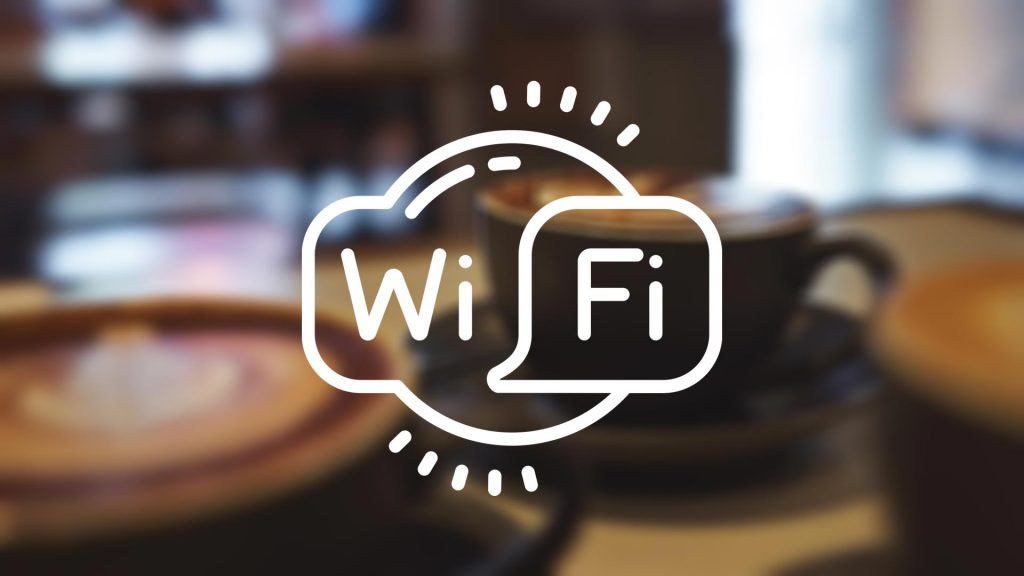According to the Wireless Broadband Alliance, the number of global public Wi-Fi hotspots will grow to 5.8 million by 2015. While a hotspot provides a convenient way to conserve your mobile data ration, it also poses a threat to your privacy and security. When you connect your phone, tablet or computer to a public Wi-Fi hotspot, assume that everyone is looking over your shoulder to see what you’re doing, eavesdropping on your communication and collecting all the information that travels between your device and the Internet to sort through it later. Then, make your decision about the websites you’re willing to visit, the personal information you’re willing to reveal and the conversations you want to engage in. It’s also reasonable to assume that someone will try to access the files stored on your hard drive or SD card.
Turn Off Your Radios
Many mobile devices enable Bluetooth, Near Field Communication (NFC) and Android Beam by default. Until you have a specific need to communicate with one of these technologies, turn off the radio or disable the feature. There are apps that can automatically turn off radios for you when they’re not used for a period of time.
Manually Select a Network
When you’re ready to connect to a public Wi-Fi hotspot, turn on your Wi-Fi , but don’t allow your device to automatically connect to any available hotspot. Review the list of open networks and manually select the network you trust. If you’re not sure you have the right network, ask an employee for the name of the network and confirm what the welcome page looks like.
Disable File Sharing
If you’re using a Windows-based device, make sure that you designate the hotspot as a Public network when you establish a connection, and ensure it’s not classified as a Home or Work network. Double-check that file sharing is disabled for Public networks through the Network and Sharing Center. Try to limit the amount of personal information you store on your hard drive or SD card when you’re connected to a public hotspot.
No Financial Inquiries or Transactions
Be selective about the websites you visit when you’re connected to a public hot spot. Go online for casual Web surfing such as reading news, shopping (but not buying), watching YouTube videos and listening to streaming radio stations. “Don’t divulge any of your personal information by logging in to your favorite website, or create a secondary account that you use when you’re accessing the site from a public hotspot. Don’t make any purchases, don’t access your bank accounts, don’t check your credit or debit card balances, don’t make travel reservations, don’t refill a prescription and don’t use PayPal,” warns cybersecurity student, Edward Granlund.
No Private or Confidential Messages
Try to restrict the content of the emails you send. Wait until you’re at home to send any messages that must be kept private or confidential. Keep your online chats lighthearted and casual. You might even create an alias with a profile that doesn’t match your demographics for use when chatting in public. If you don’t want anyone to know that you’re secretly fascinated by beanie babies, don’t visit the beanie baby website.
Take Normal Safety Precautions
Whenever you’re in a public place, you should be aware of your surroundings and the people around you. “If you wear headphones, don’t turn the volume up so loudly that it prevents you from hearing what’s going on around you. Never leave your belongings unattended and turn off the screens on your devices when you take a break from online communication,” advises cybersecurity student, Edward Granlund.

